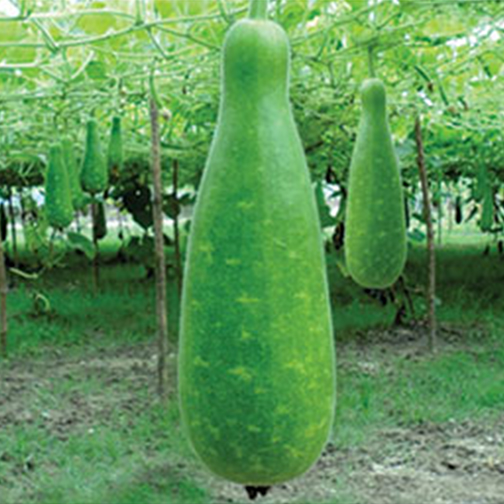

In today’s American gardens, it’s a unique ornamental plant that boasts vigorous flowering vines and fruits that make sturdy, decorative birdhouses. siceraria is cultivated as a vegetable crop across Southeast Asia, and in Japan, where it is still used by traditional practitioners to treat ailments ranging from asthma to inflammation, and to support heart health and immune function.

siceraria has been used for thousands of years in Ayurvedic medicine’s Panchakarma cleanse, which makes the most of the toxin’s purgative qualities. In India, where it is known as dudhi, or lauki, L. siceraria are edible, it’s crucial to understand that this plant contains a toxic chemical compound called tetracyclic triterpenoid cucurbitacin that is known to cause severe and potentially lethal GI distress.įolks who consume it say not to eat any part or drink the extracted juice if it tastes “bitter,” but at least one documented hospitalization for GI bleeding indicates that this is a dangerous game to play. Mature hard-shelled gourds have been used for millennia as food containers, water jugs, floats for fishing nets, and even body armor.Įarly Native Americans used them as musical instruments in religious ceremonies, as well as birdhouses to attract insect-eating purple martins.Īnd while the tender immature fruits, shoots, leaves, and seeds of L. Lagenaria is the Latin word for bottle, or flask. Two subspecies have been identified, the African L. The bottle gourd has an honored place in history as one of our earliest domesticated crops.ĭating back 10,000 years to prehistoric days in the Americas, and 7,000 years to Asia, it is believed that the species is native to Africa. Some may twist like a gooseneck and others may sport a double bulge like a weightlifter’s dumbbell. There are both male and female flowers, and only the females produce fruit.īottle gourds may have an elongated or rounded shape. The foliage consists of fuzzy green leaves and white blossoms. Its vines may reach lengths of 16 feet or more, and can grow on the ground, along fences, over arbors and pergolas, or up teepees and trellises. siceraria has a long growing season of up to 180 days. If necessary, one can hand pollinate female flowers transferring the pollen from the male flower using an artist's brush.Let’s get started. Pollen transfer is done by bees and other insects. Pollen must be transferred from the male flowers to the female flowers to obtain fruit. Behind the flower,the female flower possesses an ovary that looks like a miniature version of the fruit that will eventually form.

It is behind the flower where the differences between male and female flowers can be observed. To distinguish the male flowers from the female flowers in cucurbits, look at the flowers closely. Before planting, add organic matter for best results.Ĭucurbits produce separate male and female flowers, but they both occur on the same plant.
#Green gord full#
Alternatively seeds may be started indoors 6-8 weeks before your 1st frost free date. Cucurbits need full sun and well-drained soil in order to thrive. You can plant seeds in the summer directly in the garden after all danger of frost. All of these vegetables produce vines that run along the ground or climb. It is best to train them on a trellis or fence, thus keeping the fruit off the ground. They are all Members of the cucumber family, known as cucurbits. In India and other parts of Asia, gourds are grown as food rather than just as decorative fruit. | Vegetable seeds | Garden Flower Plants, Bulbs & Seeds | Herbs & Spice seeds | Tropical Plants-2023 Preorder!! | Tree seeds | NEW-Ravi's Private Collection Home | Edit My Account | Order History | View Shopping Cart


 0 kommentar(er)
0 kommentar(er)
